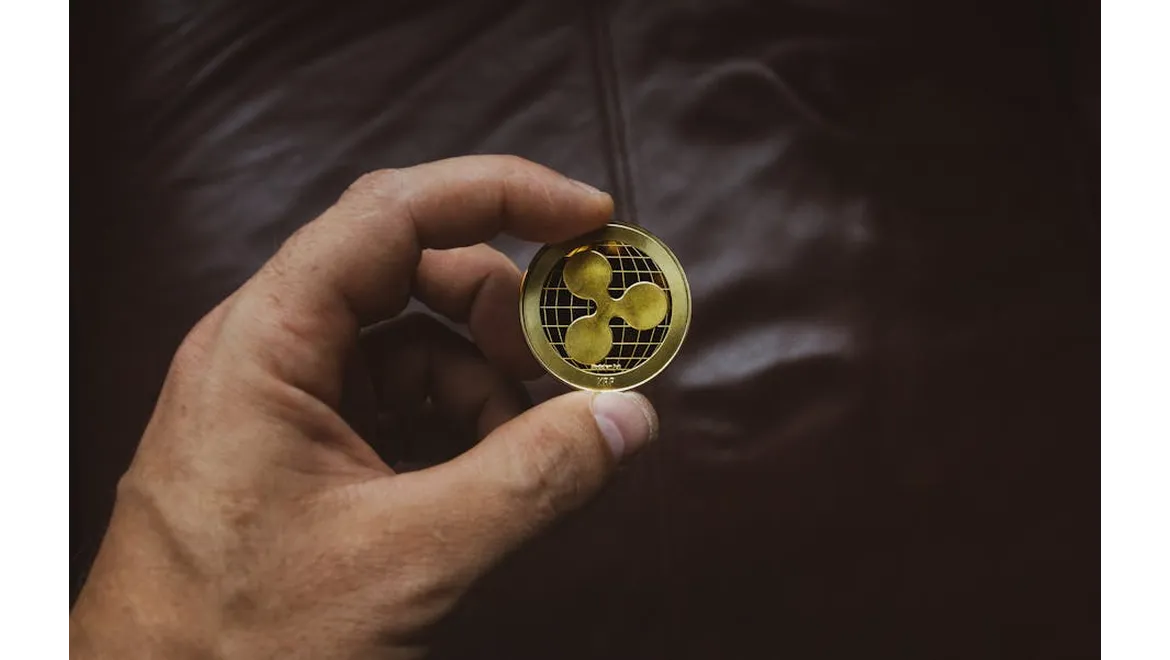Right, so I was chatting with Nathan the other day – he’s been knee-deep in crypto launches for ages, a real veteran. We were chewing the fat about all these articles buzzing around, you know, the ones hammering home the importance of community when you’re trying to get a token off the ground. It all boils down to that feeling of shared ownership, of belonging. And naturally, the topic swung round to influencers.
“Listen,” I said, stirring my tea, “everyone talks about influencers for hyping a project before launch, but what about when things go south? Like, properly south?”
Nathan chuckled. “That’s where the real magic happens, or, y’know, where things completely fall apart. Crisis management isn’t just for corporate giants; it’s crucial in crypto, especially when your community’s built on social media. Think of it like this: these folks have put their faith (and, lets be honest, their money) into your project, and a sudden dip or rumour can send them into a tailspin.”
Why Influencers are Your Lifeline
He went on to explain that influencer relationships shouldn’t just be transactional; they should be genuine partnerships. You need influencers who believe in the project, not just those who want a quick payday. Authenticity is key. Consumers can see through inauthenticity.
“Imagine a rug pull rumour starts spreading like wildfire,” Nathan said. “If you’ve got influencers on board who are actually invested in the project, they can step in and start debunking the FUD (fear, uncertainty, and doubt). They can provide factual information, address concerns in real-time, and, most importantly, rebuild trust.”
Building a Crisis Response Team
So how do you actually do this? First off, don’t wait for the crisis to hit. You need to have a pre-defined list of influencers you can call on. These should be people with established credibility and a decent following. It’s not always about the size of the following, but the engagement rate and the trust they’ve built. You’ll need a tiered approach based on following/engagement and level of knowledge and investment in the token. Get to know their audience and their tone of voice, and build a relationship of trust with them, ensuring you are familiar with their background.
Secondly, communication is paramount. During a crisis, these influencers need to be kept in the loop. Provide them with talking points, verified information, and be transparent about what’s happening. Don’t try to sugarcoat things; honesty is the best policy.
Practical Strategies for Influencers
“Okay, so I’m an influencer and the token’s tanking,” I said. “What should I actually do?”
Nathan outlined a few strategies:
- Address concerns head-on: Don’t ignore the elephant in the room. Acknowledge the negative sentiment and show that you’re listening to the community’s concerns.
- Provide factual information: Combat misinformation with hard data. Share updates on the project’s progress, explain the reasons behind the price fluctuations, and highlight any positive developments.
- Facilitate open discussions: Host AMAs (Ask Me Anything) sessions or Twitter Spaces to answer questions and address concerns directly. Encourage constructive dialogue and create a safe space for people to voice their opinions.
- Show empathy and understanding: Remember that people are often scared when their investments are at risk. Acknowledge their feelings and show that you understand their frustration.
- Highlight the long-term vision: Remind the community of the project’s goals and potential. Focus on the bigger picture and emphasise the long-term value proposition.
Beyond Damage Control: Community Growth
He also stressed that influencer marketing isn’t just about damage control; it’s about fostering long-term community growth. Strategic collaborations with relevant influencers can expand your reach and attract new token holders. Think partnerships, joint campaigns, and cross-promotions.
“It’s all about finding influencers who align with your project’s values and target audience,” Nathan explained. “If you’re a DeFi project, partner with influencers who are knowledgeable about DeFi. If you’re a gaming token, collaborate with gaming streamers and YouTubers.” The audience of the influencer should be your target demographic; if not, then they are not an effective partner.
Drawing it all Together
So, essentially, the key to navigating a token launch – especially when the waters get choppy – is to nurture a strong and authentic community. Influencers, when chosen wisely and treated as genuine partners, can be your greatest asset in managing negative sentiment, rebuilding trust, and ultimately, achieving long-term success. It’s not just about the pre-launch hype; it’s about having a solid support system in place for when things inevitably get tough. By building strong relationships, communicating transparently, and empowering influencers to be advocates for your project, you can weather any storm and emerge stronger on the other side.
